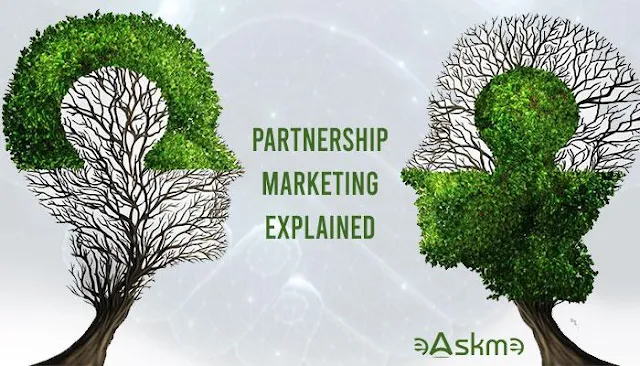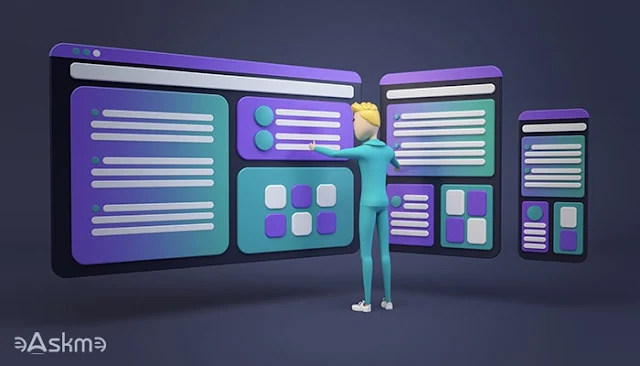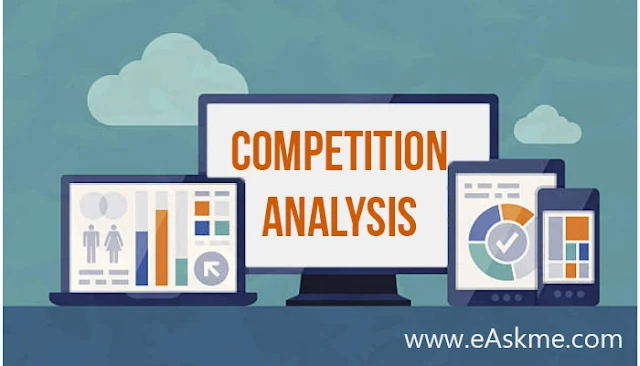It is not accurate to predict search engine traffic. But you can still use some strategies to create an effective Search marketing plan that can help you forecast search traffic. Digital marketing is helping you achieve your organic traffic requirement or goals by blending science and art, merging actionable and trackable steps with creative ideas.
.jpg) |
| What is Search Forecasting? Why It is Important?: eAskme |
Before restructuring your website or planning page content, you should understand what is working for you and where you should work to improve your search traffic.
This is when you need to search forecasting.
What is Search Forecasting?
Search forecasting is an organic traffic forecasting that predicts your organic traffic's future.
You cannot forecast such traffic on assumptions or best guesses. You always need some hard data.
When you have data, you can optimize your strategies to predict organic traffic and where your business will be in the coming days or years.
To create organic traffic predictions, you must focus on a few things.
Right Metrics:
You need the right metrics from the beginning of the essential part of SEO strategy, "keyword research. "
Keyword research data brings a massive amount of data. Indeed, not every keyword is worthy of your work and attention.
When filtering keyword research data, you should focus on the following:
- Keyword Difficulty
- Search Volume
- Search intent
- Current rankings and positions.
- CTR.
- Queries
You cannot make search forecasting without collecting valuable keyword data.
Search volume is essential to decide whether the keyword matches your traffic goal.
Other keyword research metrics will make it easy for you to make your prediction beyond organic search volume.
Right Tools:
Keyword data cannot do everything on its own.
It is always best to track user behavior on your website or blog.
Login to Google Search Console and check historical data to understand which pages rank better, which pages have lost visibility, etc.
You should know that GMC will also display the bot traffic. It is necessary to determine if a user or a bot searches.
You can use multiple SEO tools such as SEMrush, Ahrefs, Moz, etc., and they all can show results with some differences.
Get data into a spreadsheet to make valuable search predictions.
You can also use Google Keyword Planner to get some insight.
Focus on Competitors:
Competition analysis is quite helpful in making organic search predictions.
Use SEO tools to understand your competitors' page ranking in Google searches.
Compare the performance of those pages with your pages.
Use this data to find keywords based on Keyword Difficulty.
If your competitors are ranking for keywords with low difficulty, then you have better chances to outrank them with creative content and engagement strategies.
Competitors' data will bring a natural impact on your search forecasting.
You can also find out what your content lacks and if you need to update the content.
Trends:
Some SEO strategies are not effective in every condition.
You should know that seasonal traffic doesn't always mean that you are getting the highest volume of traffic.
For example: If you are selling a product on Black Friday, chances are that you are getting tons of traffic, but not every customer will purchase the product right away. But it is the time when you can generate leads for future business.
You can get the estimated traffic value using Google trends. It will also show you when the search queries will have maximum traffic during the year.
100% Prediction not Possible:
User behavior, search algorithms, and unexpected world events can positively or negatively impact search traffic.
Your blog, product, service, or product can go viral on social media. But you will not see any search traffic impact in SEO tools.
You cannot be 100% sure that search forecasting will always be perfect.
Things can change, and you need to be adaptive.
Importance of Search Forecasting:
Forecasting search traffic based on valuable data will show that future results are expected if conditions match your prediction.
This will help you plan in a better way and allocate resources at the right time for the right task.
In enterprise SEO, search forecasting plays an important role. Your result should match what you have expected from your SEO efforts. And, to make your goals achievable, you should understand search forecasting.
You can predict search traffic changes with the data you have. But you cannot plan for sudden changes such as algorithm updates or changes in user behavior.
Search Forecasting helps you plan for the coming months or years.
Conclusion:
Search Forecasting is there to help you plan the future of your SEO strategies and business.
All you need is to learn the use of data and have some analytical skills to make search predictions.
Even though your prediction cannot be 100% perfect, you will have better control over future decisions when you plan early.
Still have any question, feel free to ask me via comments.
Share it with your friends and family.
You May Also Like These;




.jpg)












.jpg)

